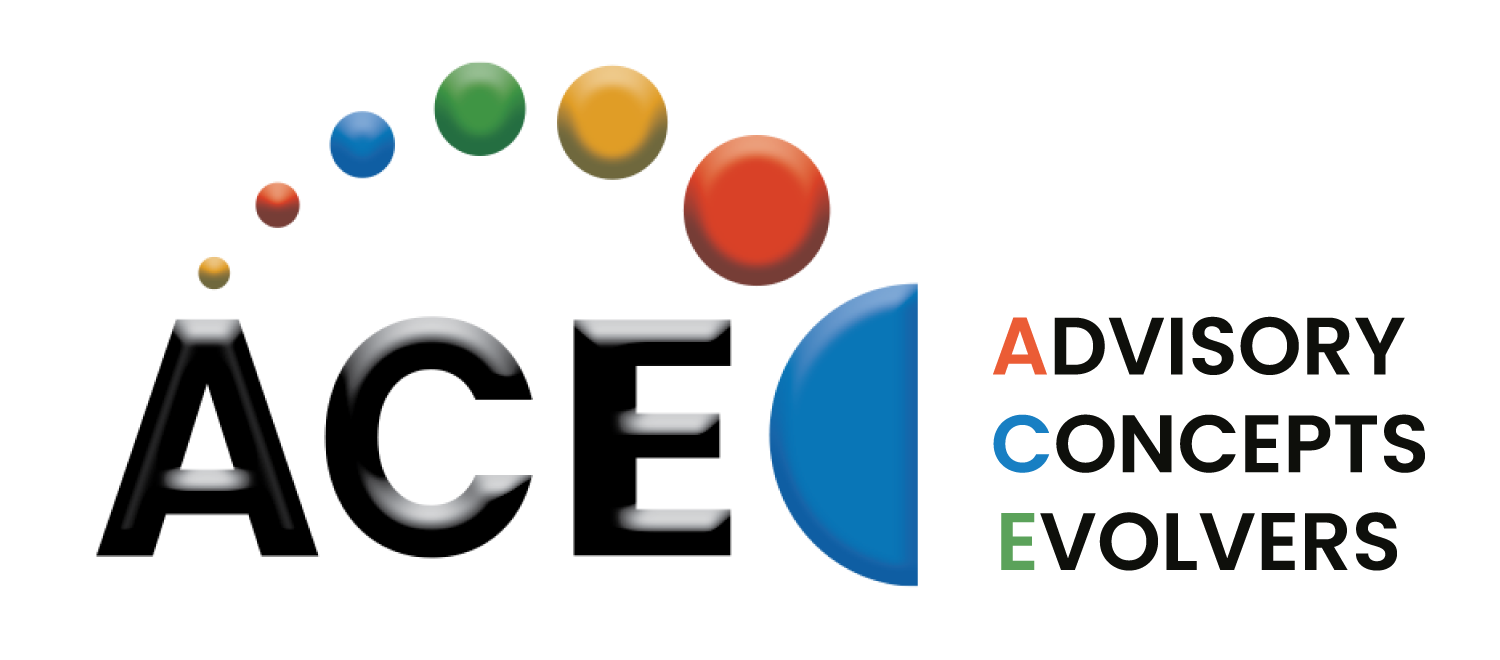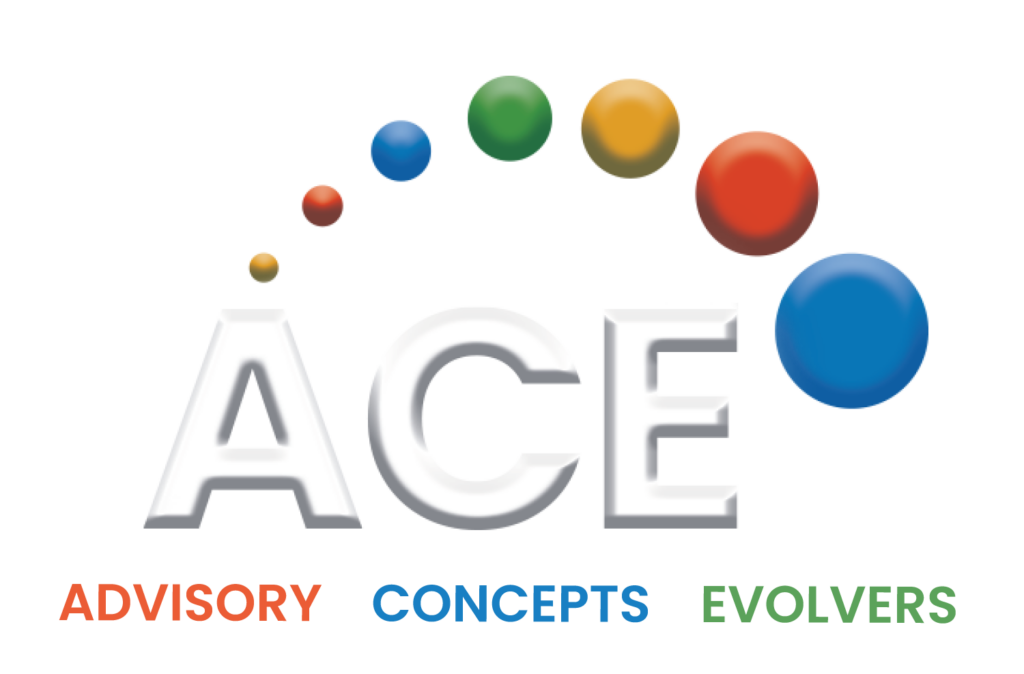Knowing how to send a professional email is a skill every lawyer should develop at some point, and now’s the perfect time to master it. Whether you’re communicating with clients, your peers, a judge, or anyone in between, putting your best foot forward in your digital correspondence will always be a benefit. Learn the do’s and don’ts of email etiquette in the legal world today to start reaping the benefits.
Why You Should Strive for Professionalism in Email Communication
As attorneys, our actions and words are under constant scrutiny from clients and colleagues. This includes our email communication. Without a doubt, effective and professional email communication is paramount in conveying competency, reliability, and respect.
Email is not just a tool for communication; it serves as a representation of your professionalism and work ethic. Consequently, proper email etiquette is a non-negotiable aspect of being a lawyer. A well-crafted email not only communicates the intended message clearly but also builds trust, demonstrating your commitment to your client’s or colleague’s concerns.
By that same token, poor email communication can have dire consequences. It could lead to misunderstandings, eroding trust, or even legal ramifications. For instance, an improperly worded email could be seen as unprofessional, neglectful, or disrespectful, leading to a tarnished reputation or damaged client relationships. In some cases, non-compliant emails could even constitute a breach of attorney-client privilege or a violation of confidentiality rules.
Do’s of Email Etiquette for Lawyers
Professionalism is needed in every corner of the legal world, but especially in email communication. Try to focus on clarity, conciseness, and correct grammar when corresponding with others. Your emails should be clear to avoid confusion and misunderstandings, concise to respect the recipient’s time, and grammatically correct to demonstrate professionalism.
Timeliness is also imperative. Respond promptly to emails, ideally within 24 to 48 hours, and never leave the sender waiting indefinitely for a reply. Ignoring an email or delaying your response can be interpreted as discourteous or neglectful, which can negatively impact your professional relationships.
Don’ts of Email Etiquette for Lawyers
Just as there are dos, there are also a few don’ts to mind when crafting professional emails. Steer clear of using informal language, multiple font types or colors, and emojis. Such elements can detract from your professionalism and make your message harder to read.
Beware of sending unsecured information or neglecting confidentiality concerns as well. Always use secure email platforms for sensitive data, clearly label confidential information, and double-check your recipient list before hitting send. Not only would failing this violate the trust your clients have in you, it might even open you up to legal troubles of your own.
Structuring Your Emails Effectively
To ensure the effectiveness of your emails, start with clear, informative subject lines. This allows the recipient to gauge the importance and context of your email at a glance. Then, make your opening sentence concise and clear to hook the reader and clarify the intent of your message.
In terms of formatting, break long paragraphs into shorter ones for better readability, use bullet points for listing, and highlight key points to simplify the message for the reader. Depending on your audience, opting for simpler, less technical language can also be a benefit.
Managing Client Communication via Email
You need to maintain professionalism in your emails with clients. Be sure to use respectful, inclusive, and clear language. Avoid legal jargon where possible, as it can confuse and alienate the client. Not everyone is used to reading large blocks of complicated legal jargon, so many tend to benefit from messages in easier-to-understand terms.
Remember, all your communications could be used for legal purposes, so you need to document them accurately. Keep copies of all your correspondences, and in case of a dispute, you’ll have evidence of your communication to set the record straight.
Navigating Email Attachments and Links
When sending attachments, ensure your files are appropriately named, decimally small, and in a format that can be easily opened by the client. Always refer to the attached files within the body of your email, so the recipient knows what to expect.
When including links in your email, ensure they are relevant, safe, and clearly labeled. It’s good practice to explain the purpose of any links to avoid confusion and keep your email secure.
Master the Professional Legal Email for Your Practice Today
Perfecting your email etiquette can significantly improve your legal practice. By communicating effectively, you can enhance client relationships, prevent misunderstandings, and strengthen your professional reputation.
Evaluate your current email practices today and consider how they can be improved. For more advice on email etiquette and marketing strategies for lawyers, contact Advisory Concepts Evolvers by phone at (888) ACE-5109.

